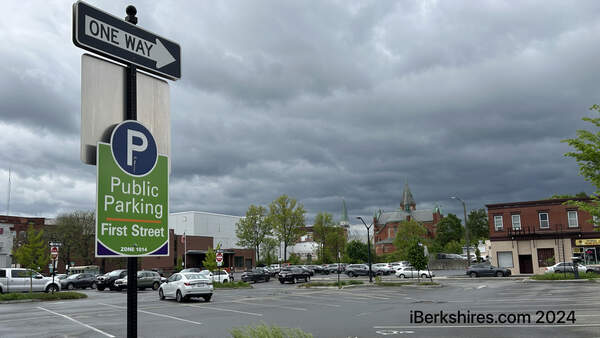MassDOT Interactive Priority Trails Network Vision Map
BOSTON — The Massachusetts Trails Team (MassTrails) announced the release of a new interactive Priority Trails Network vision map for current and future shared-use path projects throughout the Commonwealth.
The map provides a centralized inventory of key rail trail projects that will help support an envisioned comprehensive statewide transportation trail network. The map specifically identifies approximately 320 miles of trails that have been constructed and are in use, 24 trails that are currently under construction, and another 60 miles of proposed paths that have been funded but not yet constructed. Additionally, the map lists priority shared-use path project locations that either have been proposed for consideration or will be pursued for funding and development to help address key gaps in the network.
"MassDOT is pleased to make available this new interactive priority map to highlight shared-use paths that are open to the public, currently under construction, or are newly identified areas for consideration in communities throughout the Commonwealth," said Transportation Secretary and CEO Gina Fiandaca. "These paths are an important part of the travel network in the state and provide residents with safe, accessible and convenient routes whether people are traveling for fun or for work."
The interactive map can be found at
https://www.mass.gov/guides/masstrails-priority-trails-network-vision, and allows users to click on any segment to view trail name, municipality and MassDOT Project Information page, if applicable. The map includes paved, ADA-accessible shared-use paths, most of which are off-road rail trails or greenways. Where off-road facilities do not exist, high-comfort on-road infrastructure is proposed such as separated bike lanes with sidewalks or side paths. Since 2019, numerous MassTrails grants have focused on extending and connecting existing trails to one another, with the ultimate goal of having all trails statewide connect to this envisioned network.
"Our network of trails offers an important way for our residents to get around, cut down on car use, and enjoy our beautiful outdoors," said Rebecca Tepper, Secretary of Energy and Environmental Affairs. "The Priority Trails Map enables the Healey-Driscoll Administration to identify ways to grow our trails system and, ultimately, reduce transportation emissions."
Trails shown on the map include:
Ashuwillticook Rail Trail
Mohawk Bicycle/Pedestrian Trail
Columbia Greenway Rail Trail
Southwick Rail Trail
Southampton Greenway Rail Trail
Manhan Rail Trail
Mass Central Rail Trail
Northampton Bikeway
Titanic Rail Trail
Connecticut River Walk and Bikeway
Southern New England Trunkline Trail
Twin Cities Rail Trail
Assabet River Rail Trail
Bruce Freeman Rail Trail
Yankee Doodle Bikeway
Border to Boston Trail
Wakefield-Lynnfield Rail Trail
Methuen Rail Trail
Lawrence and Manchester Rail Trail
Concord River Greenway
Middlesex Canal Trail
Reformatory Branch Rail Trail
Minuteman Commuter Bikeway
Chelsea Greenway
Mary Ellen Welch East Boston Greenway
Dr. Paul Dudley White Bike Path
Mystic River Reservation Bike Path
Boston Harborwalk
Neponset River Greenway
Watertown-Cambridge Greenway
Bay Colony Rail Trail
Upper Charles Trail
Blackstone River Greenway
Quequechan River Rail Trail
Cape Cod Rail Trail
Shining Sea Bikeway
Bourne Rail Trail
The interactive map also highlights shared-use paths in the Priority Trails Network that are under consideration and/or in construction as follows:
-
The Mass Central Rail Trail that when completed will span 104 miles from Boston to Northampton and intersect with 17 existing trails.
-
The Bruce Freeman Rail Trail which will travel through eight communities over 25 miles between Lowell and Framingham.
-
Nine inter-state connections to Connecticut, Rhode Island, New Hampshire and Vermont.
-
Cape Cod paths that would create a seamless 88-mile connection from the canal to Provincetown.
Tags: trails,















